Name Robert Montesquiou Role Poet | Children Suzette Lemaire | |
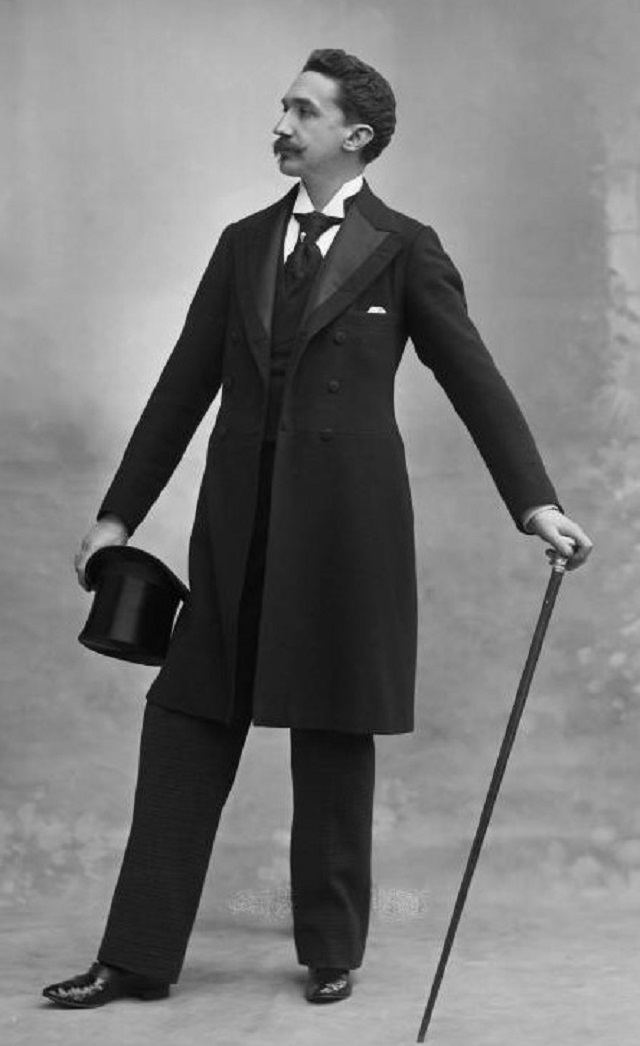 | ||
Died December 11, 1921, Menton, France | ||
Un bast de robert de montesquiou propietat de dal cremat al castell de p bol el 1984
Marie Joseph Robert Anatole, Comte de Montesquiou-Fézensac (7 March 1855, Paris – 11 December 1921, Menton), was a French aesthete, Symbolist poet, art collector and dandy.
Contents
- Un bast de robert de montesquiou propietat de dal cremat al castell de p bol el 1984
- Robert de montesquiou les chauves souris wahnfried
- Biography
- An Adventure
- Works
- Poetry
- Essays
- Novels
- Biographies
- Theatre
- Memoirs
- References
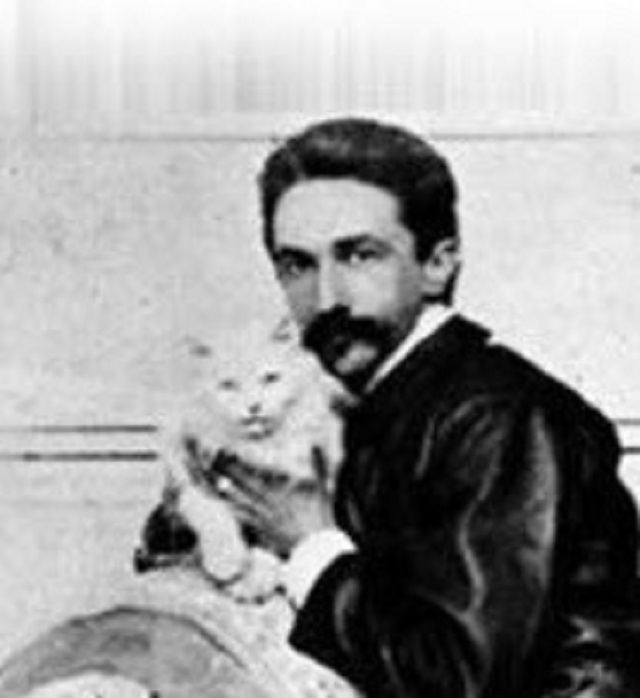
He is reputed to have been the inspiration both for Jean des Esseintes in Joris-Karl Huysmans' À rebours (1884) and, most famously, for the Baron de Charlus in Proust's À la recherche du temps perdu (1913-1927).
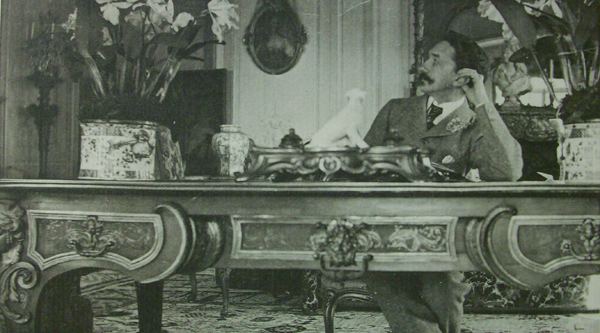
Robert de montesquiou les chauves souris wahnfried
Biography
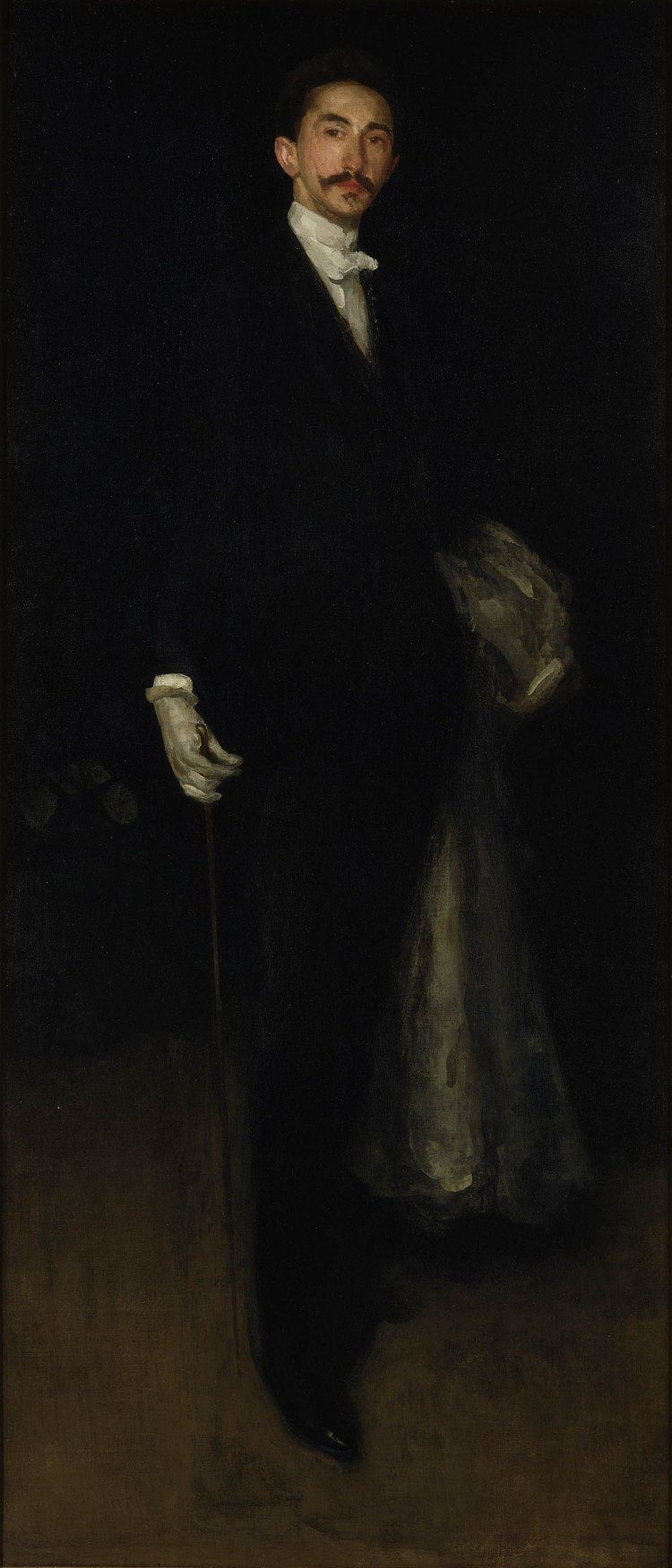
Robert de Montesquiou was a scion of the French Montesquiou-Fézensac Family. His paternal grandfather was Count Anatole de Montesquiou-Fezensac (1788-1878), aide-de-camp to Napoleon and grand officer of the Légion d'honneur; his father was Anatole's third son, Thierry, who married Pauline Duroux, an orphan, in 1841. With his wife's dowry, Thierry bought a Charnizay manor, built a mansion in Paris, and was elected Vice-President of the Jockey Club. He was a successful stockbroker who left a substantial fortune. Robert was the last of Count Thierry's children, brothers Gontran and Aymery, and sister Élise. His cousin, Élisabeth, comtesse Greffulhe (1860-1952), was one of Marcel Proust's (1871-1922) models for the duchesse de Guermantes.
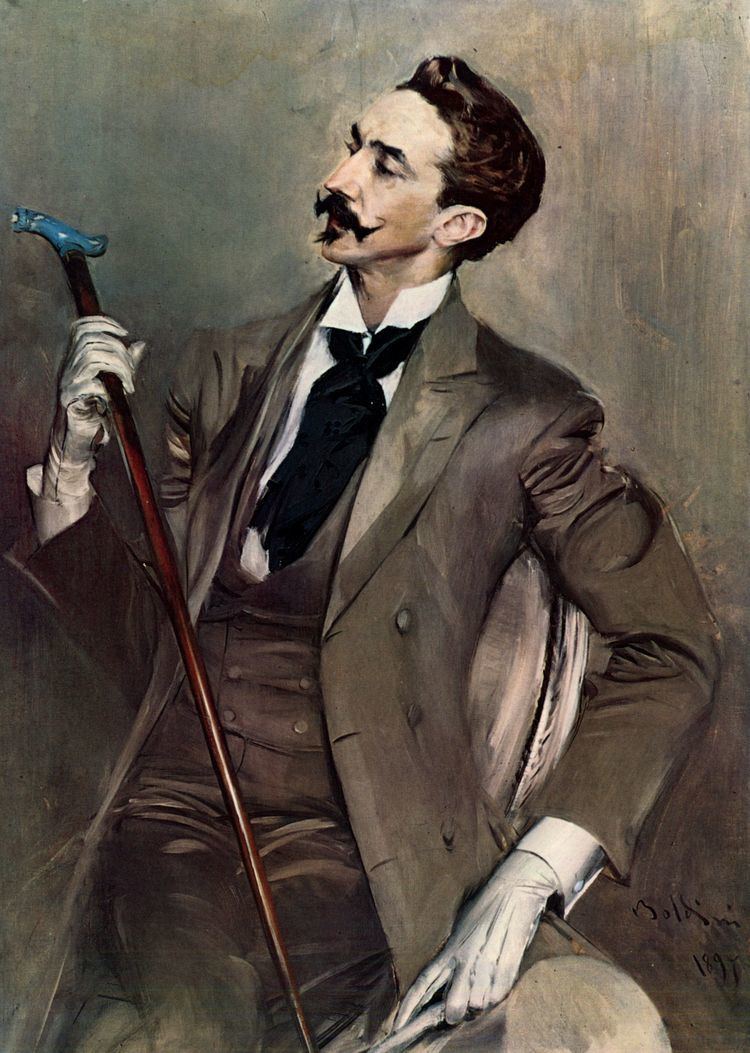
He had social relationships and collaborations with many celebrities of the Fin de siècle period, including Alphonse Daudet (1840–1897), Edmond de Goncourt (1822–1896), Eleonora Duse (1858–1924), Sarah Bernhardt (1844-1923), Gabriele d'Annunzio (1863-1938), Anna de Noailles (1876-1933), Marthe Bibesco (1886-1973), Luisa Casati (1881-1957), Maurice Barrès (1862-1923), and Franca Florio.
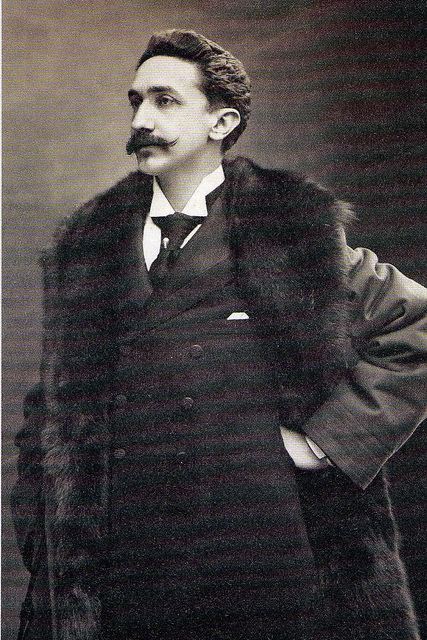
He had a strong influence on Émile Gallé (1846-1904), a glass artist he collaborated with and commissioned major works from, and from whom he received hundreds of adulatory letters.
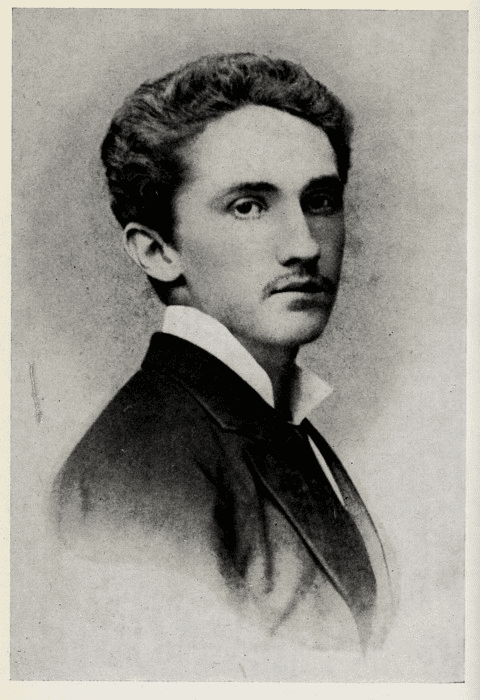
His portrait Arrangement in Black and Gold: Comte Robert de Montesquiou-Fezensac was painted by his close friend, and model for many of his eccentric mannerisms, James Abbott McNeill Whistler in 1891-1892.
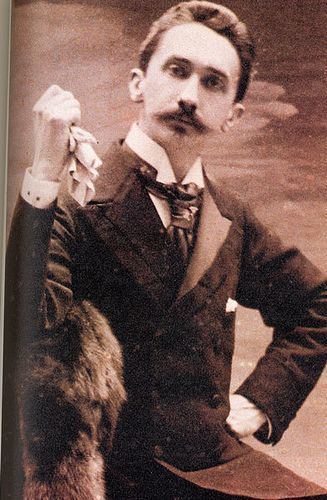
The French artist Antonio de La Gandara (1861-1917) produced several portraits of the Comte.
He wrote the verses found in the optional choral parts of Gabriel Fauré's Pavane.
One author provides the following verbal portrait of de Montesquiou: "Tall, black-haired, Kaiser-moustached, he cackled and screamed in weird attitudes, giggling in high soprano, hiding his black teeth behind an exquisitely gloved hand—the poseur absolute. Montesquiou's homosexual tendencies were patently obvious, but he may in fact have lived a chaste life. He had no affairs with women, although in 1876 he reportedly once slept with the great actress Sarah Bernhardt, after which he vomited for twenty-four hours. (She remained a great friend.)"
He had aristocratic women friends, but much preferred the company of bright and attractive young men. In 1885, he began a close long-term relationship with Gabriel Yturri (March 12, 1860 - July 6, 1905), a handsome South American immigrant, from Tucuman, Argentina who became his secretary, companion, and lover. After Yturri died of diabetes, Henri Pinard replaced him as secretary in 1908 and eventually inherited Montesquiou's much reduced fortune. Montesquiou and Yturri are buried alongside each other at Cimetière des Gonards, Versailles, Île-de-France, France.
A chronology of his life can be found at the University of Napierville, Quebec.
'An Adventure'
In his biography, Philippe Jullian proposes that Moberly and Jourdain's 'Adventure' in 1901 in the grounds of the Petit Trianon is explained by their stumbling into a rehearsal of one of Montesquiou's Tableaux Vivants, with his friends (one possibly transvestite) dressed in period costume. Dr Joan Evans, who owned the copyright to 'An Adventure,' accepted this solution and forbade any further editions.
Works
His poetry has been called untranslatable, and was poorly received by critics at the time.
Poetry
Note that there is original text related to this article at: French Wikisource
